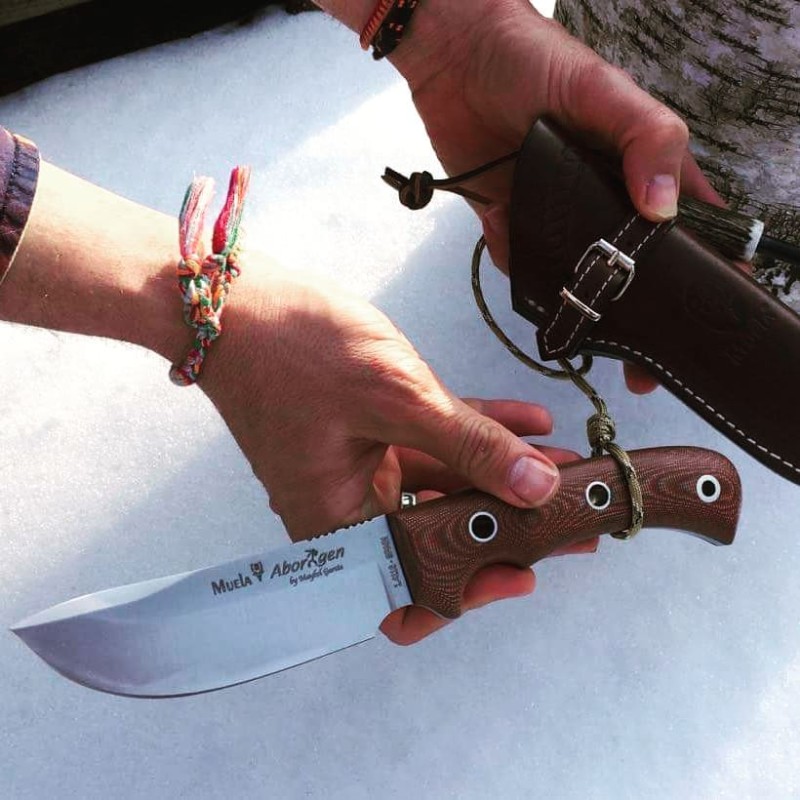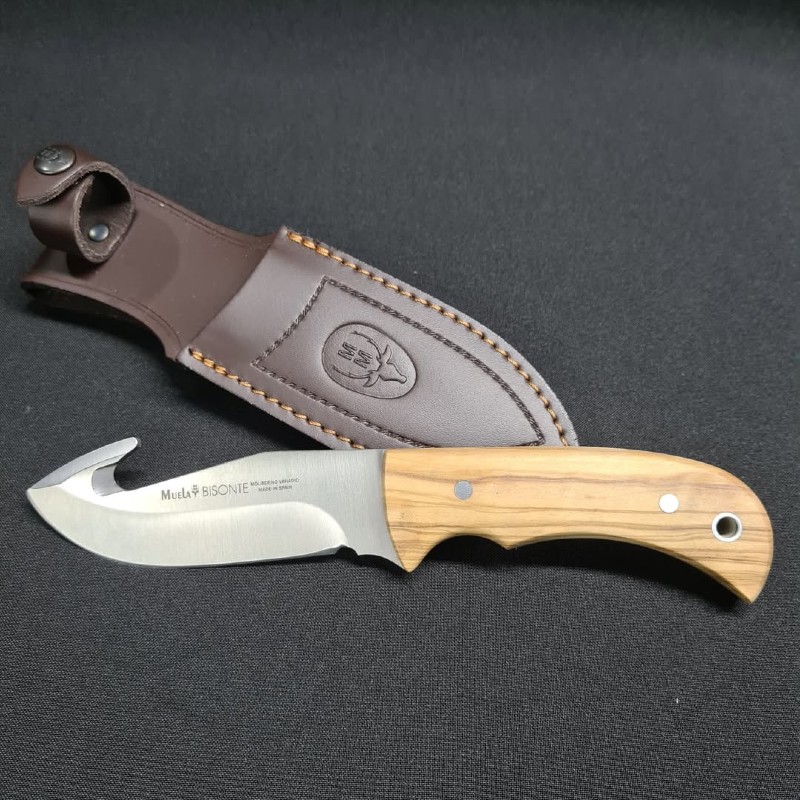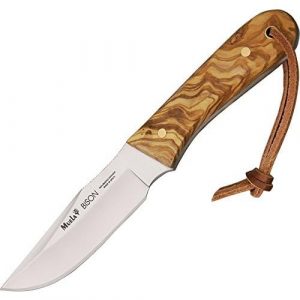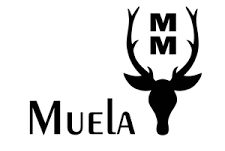What Knife Type Is Best for Hunting? A Practical Guide
Many hunters carry a knife, but not all knives serve the same purpose. Some are better suited for skinning, others for gutting, and a few may handle both well.
When choosing a hunting knife, it often comes down to the type of game, the terrain, and how the hunter prefers to work. No single knife covers every need, but certain styles tend to perform better in specific tasks.
Fixed Blade Knives
Most seasoned hunters lean toward fixed blade knives. These blades do not fold, which gives them strength and reliability in the field. They are easier to clean and hold up under pressure. For dressing large game, fixed blades tend to offer better control and durability. However, they may be bulkier to carry and often require a sheath.

Folding Knives
Folding knives offer convenience. They take up less space and are often safer to carry due to the folding mechanism. Some hunters prefer them for smaller game or as a backup tool. While folding knives are more portable, they may not hold up as well under heavy use. Hinges can collect debris and are harder to clean.
Drop Point vs. Clip Point
Blade shape matters. The drop point blade, with its curved spine, gives more control and is often favored for skinning. It reduces the chance of puncturing internal organs, which can affect the quality of the meat. The clip point, on the other hand, has a thinner tip. It can be more precise in tight areas, but it may also be more fragile.
Gut Hook Blades
Some hunting knives feature a gut hook. This small, sharpened notch near the tip is designed to open the belly of the animal without cutting into organs. It can speed up the gutting process and reduce mess. Not everyone uses this feature, though. It adds complexity and may require extra sharpening.

Specialty Knives
Caping knives, boning knives, and skinners serve specific roles. A caping knife, for instance, allows for detailed cuts around the head and neck, useful for preserving hides. Boning knives, with their narrow blades, help separate meat from bone with less waste. These tools aren’t necessary for every hunt but may suit those who process their own game.
Handle Materials and Grip
Blade type isn’t the only concern. The handle should offer a secure grip, especially in wet or cold conditions. Rubberized materials or textured synthetics often perform better than smooth wood or bone. Size and shape also play a part. A knife should feel stable in hand and not slip during use.
MUELA BISON-9OL Olive Wood Handle Hunting Knife

Final Thoughts
There may not be one best knife for all hunting tasks, but many hunters find that a fixed blade with a drop point shape covers most needs. A folding knife can serve as a handy backup. For those who want to process game from start to finish, it might help to carry more than one knife.
Choosing the right knife is not only about function. It’s also about comfort, habit, and the specific demands of the hunt. A thoughtful selection, based on real use and not just appearance, will likely serve a hunter well in the field.
